Frequency range: 26.5- 28MHz SWR: ≤1.2:1 Max. power: 35W continuous 250W Short time Bandwidth at S.W.R. 2:1: 1900KHz Impedance: 50ohm Whip length: 1200mm Adjustment: 0~90° Cable Length: RG58/157" Po...
See DetailsHow to Install a DVB-T Antenna for Maximum Signal Reception?
With the increasing popularity of digital terrestrial television (DVB-T), ensuring a strong and stable signal is essential for high-quality viewing. Proper antenna installation plays a crucial role in maximizing reception, reducing interference, and avoiding frustrating signal dropouts.
1. Choose the Right Antenna
Not all antennas are created equal. Before installation, verify that your antenna is suitable for DVB-T reception in your area. Key factors include:
Frequency range: Ensure compatibility with your local broadcast frequencies (typically UHF for DVB-T).
Directionality: A directional antenna (e.g., Yagi) is ideal for distant transmitters, while an omnidirectional antenna works better in urban areas with multiple signal sources.
Gain: Higher gain antennas amplify weaker signals but may require precise alignment.
2. Locate the Nearest Transmitter
Use online tools like Digital TV Coverage Maps or mobile apps (e.g., Antenna Point) to identify the nearest broadcast tower. Knowing the transmitter’s direction and distance helps optimize antenna placement.
3. Optimal Positioning and Height
Elevation: Mount the antenna as high as possible—preferably on the roof or an exterior wall—to avoid obstructions like buildings or trees.
Line of Sight: Ensure a clear path to the transmitter. Physical barriers can significantly weaken signals.
Avoid Interference: Keep the antenna away from power lines, metal structures, and electronic devices that may cause interference.
4. Correct Alignment
Point the antenna toward the transmitter with precision. A compass can help with initial alignment.
For multi-directional signals, consider a rotatable antenna or a professional alignment tool for fine-tuning.
5. Secure Connections and Cabling
Use high-quality coaxial cables (e.g., RG-6) to minimize signal loss.
Ensure all connections are tight and waterproofed if installed outdoors.
Avoid excessive cable length, as longer runs degrade signal strength.
6. Test and Fine-Tune
After installation, perform a channel scan on your DVB-T Antenna or TV. If signal quality is suboptimal:
Slightly adjust the antenna’s angle.
Check for loose connections or damaged cables.
Consider adding a signal amplifier if the transmitter is far away.

 English
English Español
Español
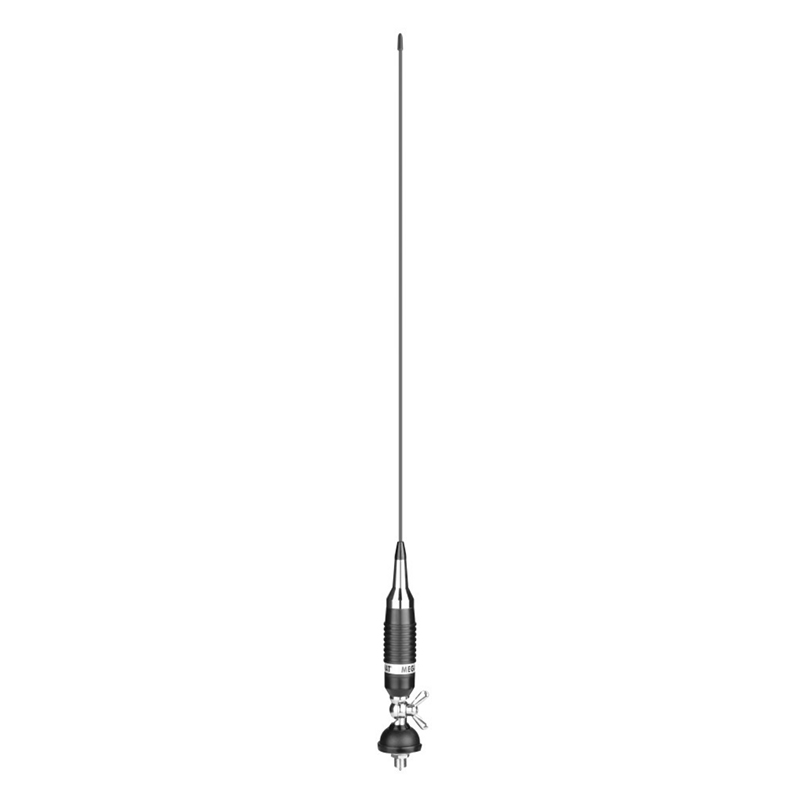
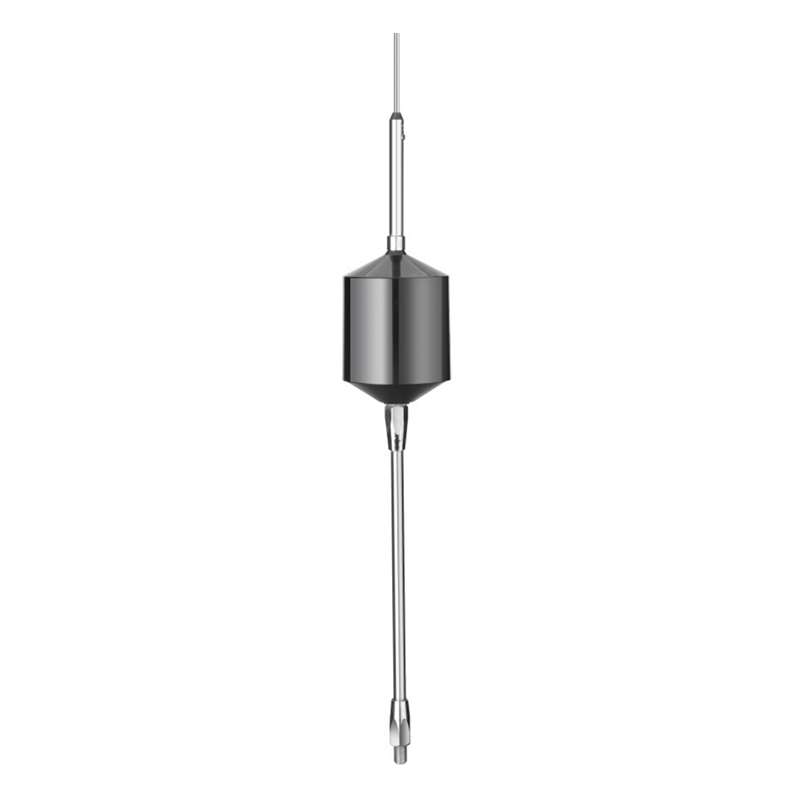
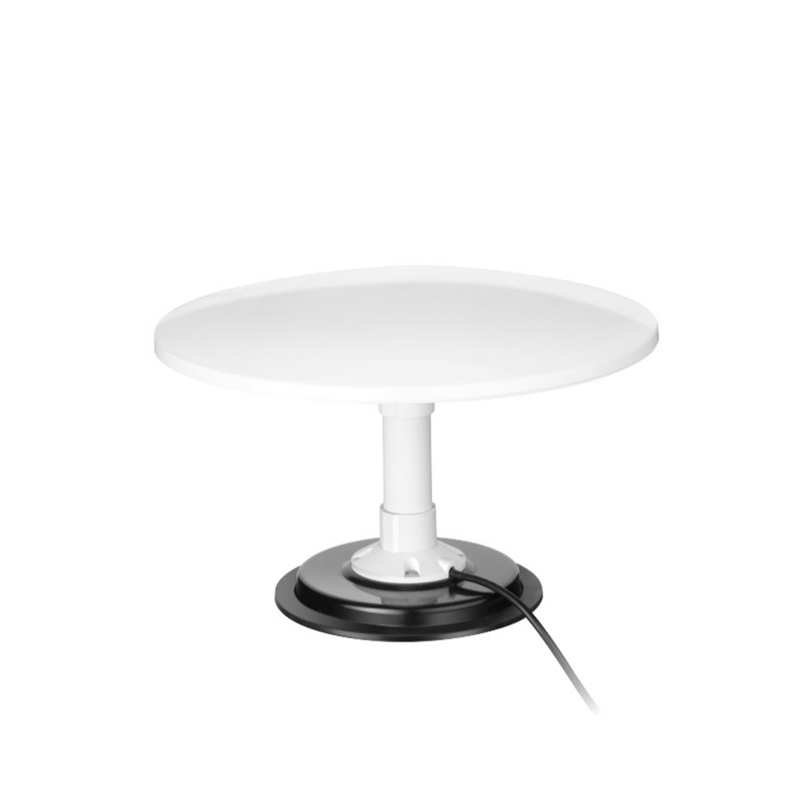
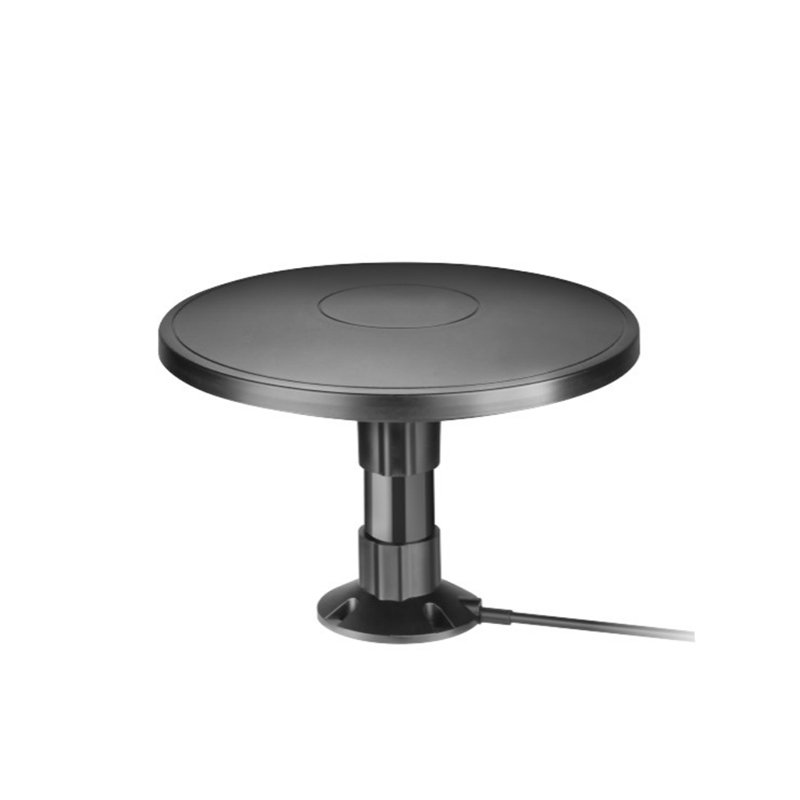
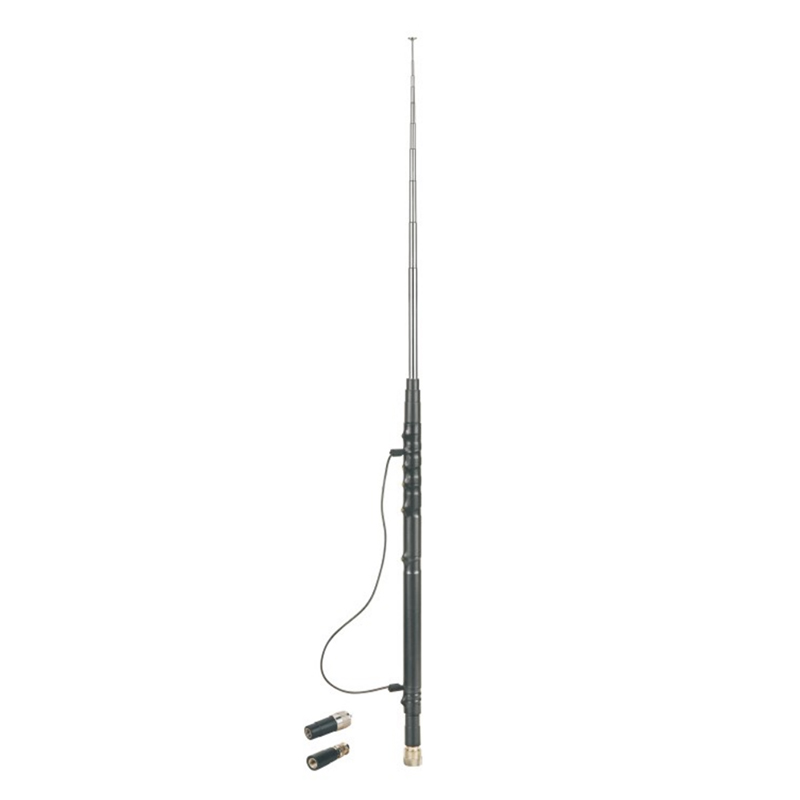
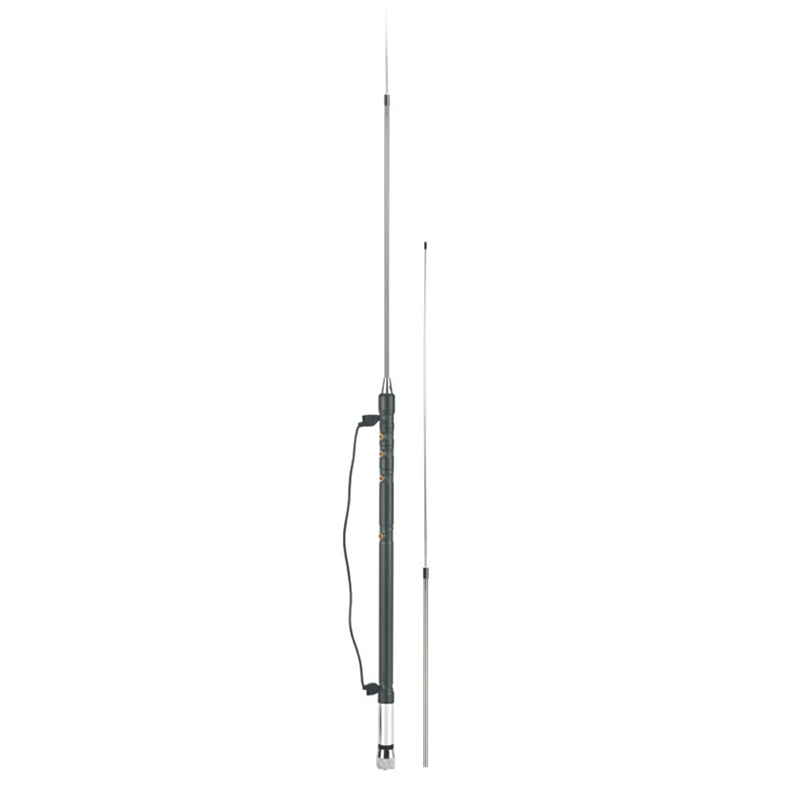
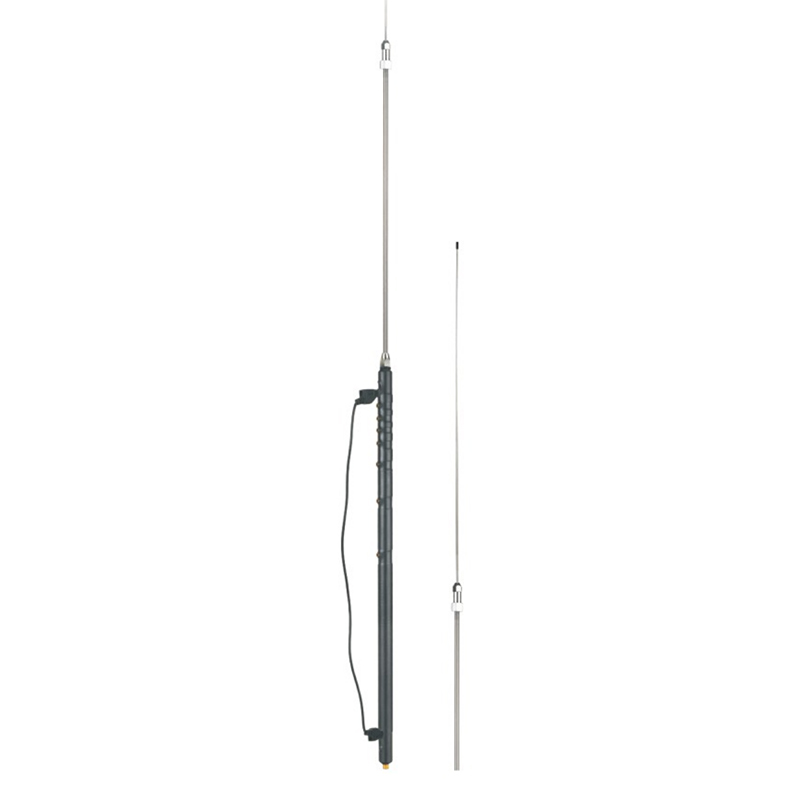
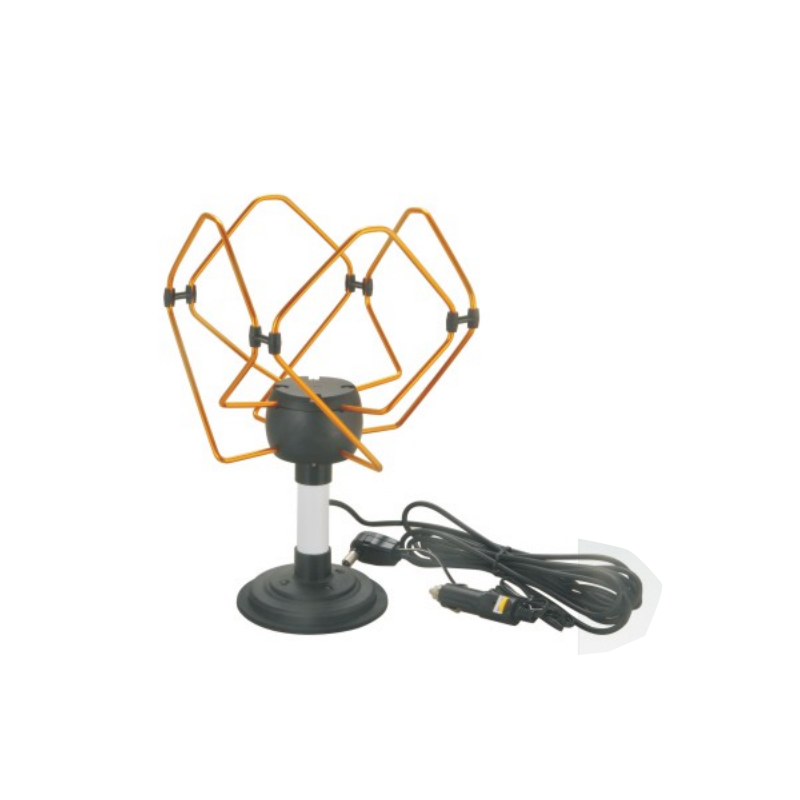
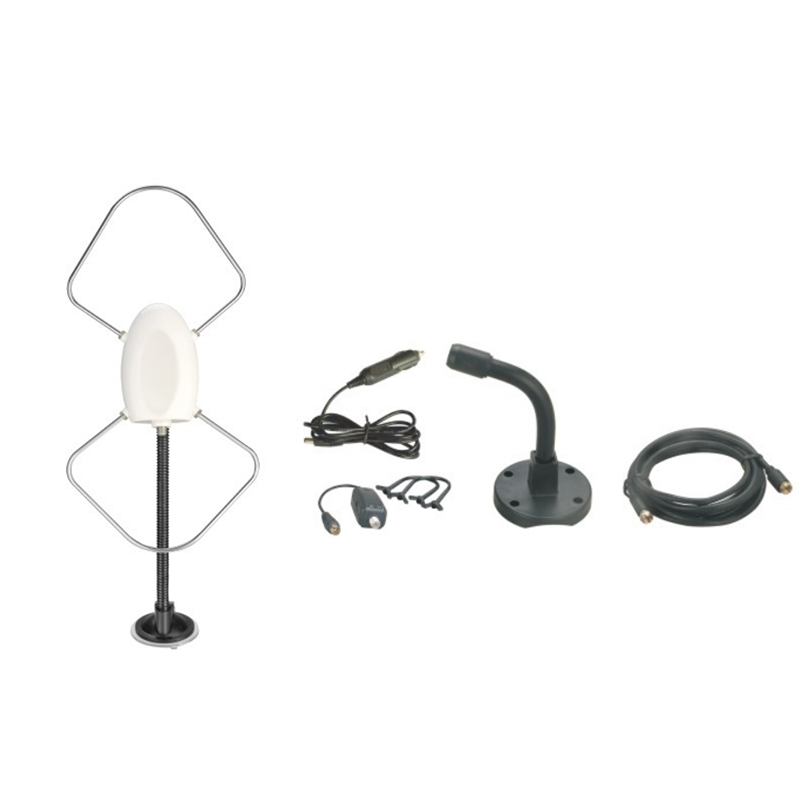
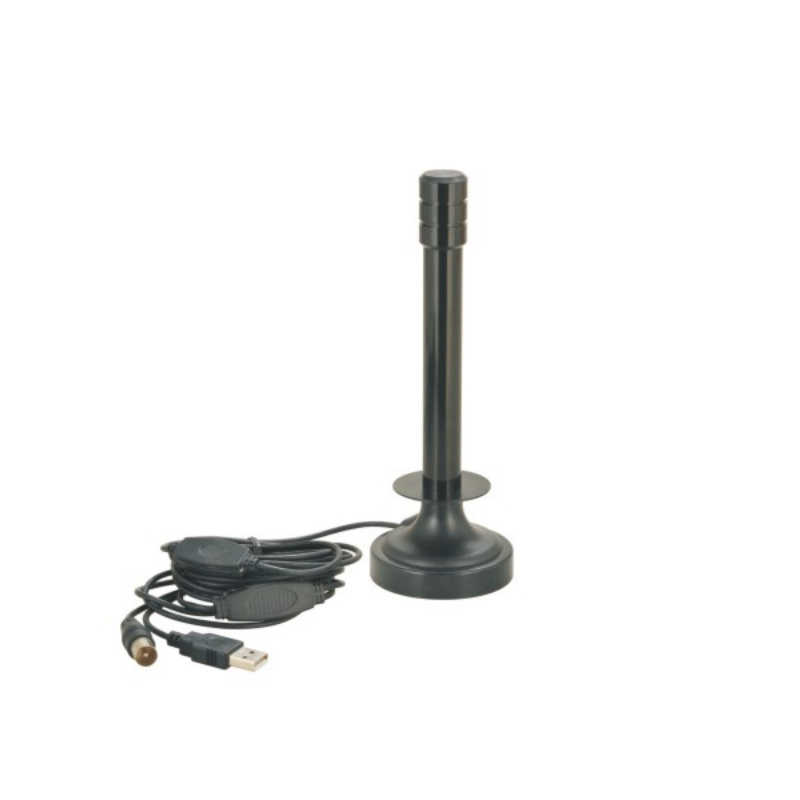
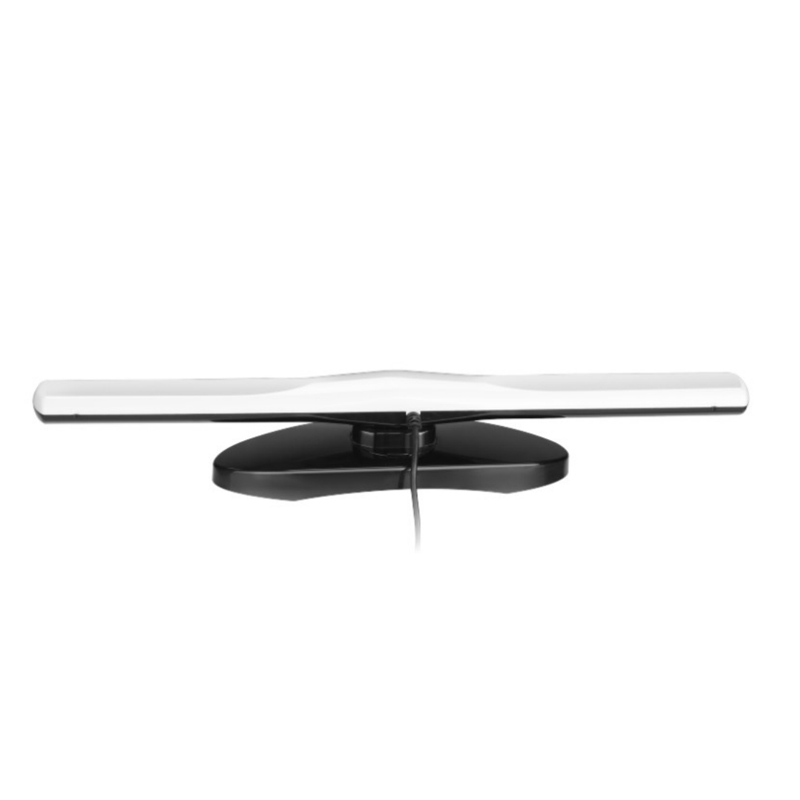
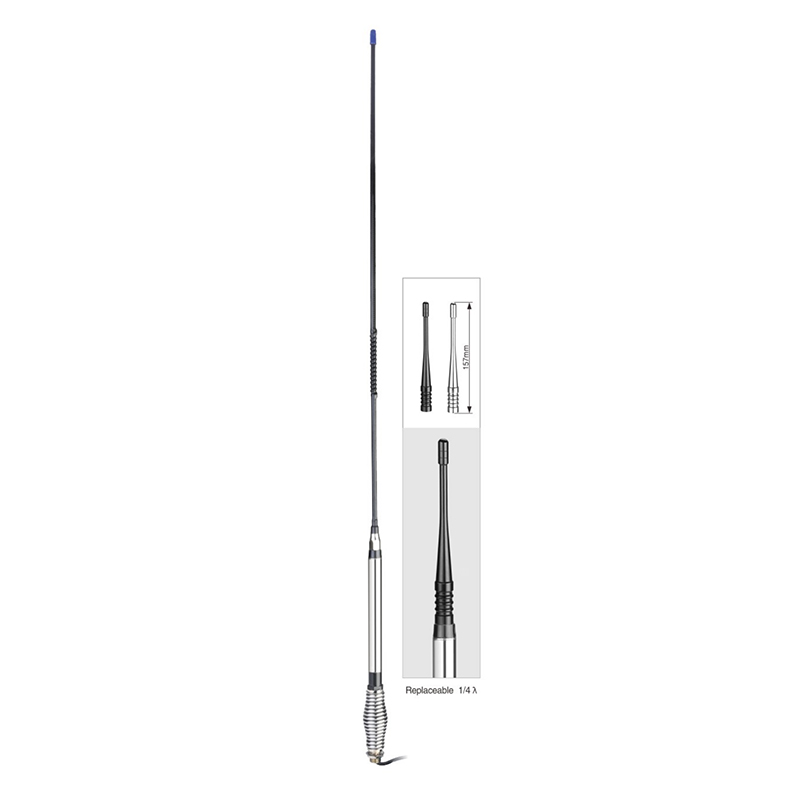

Contact Us